Business owners want to save time spent on social media marketing as they have other essential tasks at hand. Even your customers are busy with their own work, so they probably don't see everything you post on every channel. Hence, it makes sense to repeat content at different places so that brands can extend their reach as far as possible.
However, each social platform is different and so is its audience. Hence, you cannot just prepare one post and randomly post it to every social channel.
A simple way to save time is cross posting content on social media. You take one piece of content and post it to several of your social channels. It might seem like an easy peasy task – but it's a practice that often goes very wrong by most people, making their accounts look like a mess.
Cross posting when done mindfully brings tremendous results for brands in the least possible time and with minimal effort.
This guide will show you how you can begin cross posting different content on social media the right way.
- What Is Cross Posting?
- The Pros Of Cross Posting On Social Media
- The Cons Of Cross Posting On Social Media
- Best Practices For Cross Posting On Social Media
- How To Customize Content For Each Social Media Platform?
You can directly jump to a section of your choice or keep scrolling.
What Is Cross Posting?
Cross posting is when you post the same content to all of your social media channels.
Posting the same content to all of your social accounts is amazing from a content creation point of view, as you will save time creating and syndicating your posts across multiple social media platforms so your brand is consistent and your followers have a cohesive experience.
That being said, it's also essential to consider the specifics and nuances of each social platform. There are many differences between the caption lengths, language used, image formats, links that are clickable or not, etc., so you would need to carefully consider these factors when cross posting. Addressing your audience for the specific social profile in the right manner is very important.
The Pros Of Cross Posting On Social Media
1. You Can Save Time
As a business owner, you remain busy with the daily tasks of running your business, and time is money. So, by cross posting content on several social platforms, you create just one piece of killer content and publish it to all of your social accounts. Job done!
You don't have to design different social posts for different social media accounts. This is especially helpful and required for brands with an active social media presence or who want to maintain one and wish to post frequently.
2. Get Greater Exposure For Your Content
Today, most social media users hold a very strong preference for specific platforms. For example, your users might log into Instagram and Facebook every day but rarely use LinkedIn or Twitter.
The only way to reach the maximum number of platform-specific users is to push content on almost all those platforms. That's why cross posting is such a valuable tool.
Your choice of social media platform might not be the one used by your customers. Your potential customers are spread across different social media platforms. Hence, there is a higher chance of your customers seeing your content by cross posting.
Chicken is a blank slate for building delicious recipes and flavors. Scuse, did we say chicken? We meant @SweetEarthFoods Mindful Chik’n! ?? Check out this plant-based fave: https://t.co/oKk28K0wAW #PlantBased #Innovation pic.twitter.com/8FVjzatNon
— Nestlé (@Nestle) December 31, 2021
3. Keep All Your Socials Profiles Active
While you remain happy and engaged, posting to one social platform every time, your other social accounts can become neglected and also disappear from your follower's feeds. You can't afford to focus on just one network as your target audience is spread across several social platforms.
The key to successful social media marketing and meeting your goals is to remain consistent and keep your accounts active. Cross posting can help solve this issue and keep all your social accounts active without you running out of ideas or posting repeatedly the same content again and again on the same social platform.
4. Gain More Followers, Connections, And Engagement
You expose your brand to the widest possible audience by remaining active on several social platforms. Utilizing such multiple touchpoints with your target audience creates a stronger connection between your brand and the followers. Therefore, the more you post on social media, the more awareness your target audience has for your brand, and thus the deeper the connection they build with your brand.
By posting consistently on multiple social platforms, you give your target audience as many opportunities as possible to engage and connect with your brand.
5. Different Audiences Deserve Different Messages
Different social platforms will have different kinds of people active on them. People active on Facebook may not necessarily be as much active as on Instagram or Twitter. Hence, you need to tailor your content to each audience on each platform. This might sound laborious! But to avoid this, get your core content message and tailor it according to the social platform as necessary, and it will pay off!
Here’s to celebrating the child within this Children’s Day!#ChildrensDay #HappyChildrensDay #CadburyDairyMilk #KuchAcchaHoJaayeKuchMeethaHoJaaye pic.twitter.com/AsY2fWzniK
— Cadbury Dairy Milk (@DairyMilkIn) November 14, 2021
The Cons Of Cross Posting On Social Media
1. Inappropriate Format
All social media platforms have different formats for posting. They allow different character limits, image aspect ratio, the maximum size of an image to be uploaded, different formats of images allowed, etc. Cross posting to varying platforms without paying much attention can lead your posts to look out of place on almost every platform except for the one for which the post was actually designed.
For instance, if your original post was created for Instagram and you cross-posted it to Facebook, it would look odd and out of place if you had added 30 hashtags at the end of the post. This is because people don't expect to see as many hashtags in a Facebook post as much as they desire for an Instagram post.
2. Your Audience Can Feel Cheated
When you have a dedicated following, and if they are subscribed to several of your social accounts, they might feel cheated if they see the same post over and over again on different social platforms. Your audience could think that you aren't too bothered to spend more time and create content for them.
If you have a large and dedicated following, try to use your social accounts for different goals and messages.
3. Posting At The Wrong Time
Each social media platform has its own ideal best time to post to gain maximum exposure. If you cross-post content on several social platforms at the same time, you could be posting at the best time for one platform but completely ignoring the best time of other platforms. In such a scenario, you are totally missing out on maximum content exposure on other social platforms when you don't post at their respective best times.
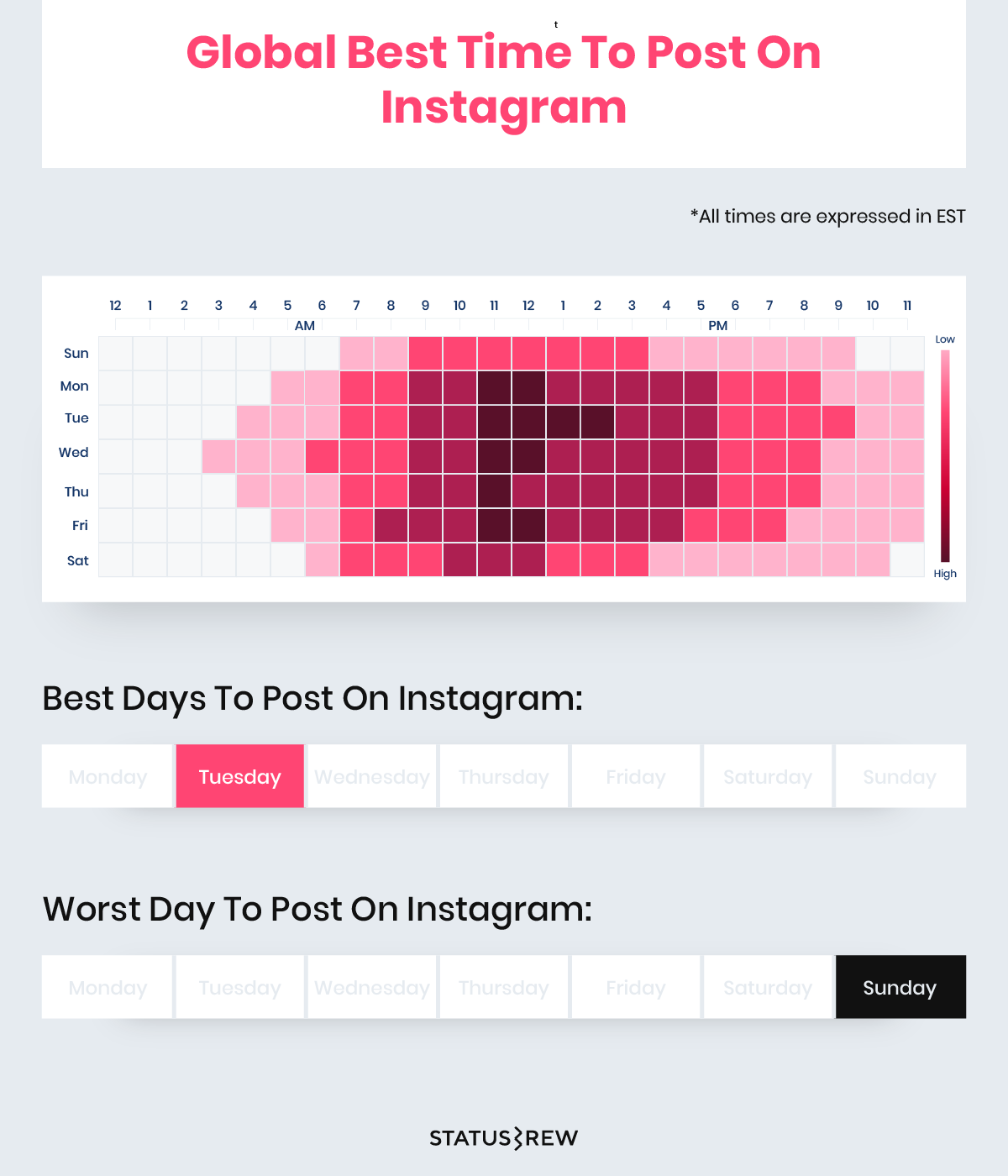
For instance, LinkedIn is very active during weekdays, and if you are cross posting from Facebook on the weekend, your LinkedIn posts won't be getting the exposure it actually deserves.
4. Posting Too Often
Cross posting often leads brands to over posting content.
For instance, Instagram and Twitter users are used to seeing multiple posts per day. That's also because people use these two platforms several times a day. Compared to LinkedIn and Facebook, where users are used to seeing approximately one post per day.
5. It Looks Robotic
Social media is all about being social - people connect with people. So, try to humanize your brand and let people know there is a real person behind the scenes who aim to communicate with them. The best thing you can do for your brand is to put some personality into it.
When you cross-post, people don't feel like they are receiving the message from a real person. If your Twitter followers see only half of the post with a link back to a Facebook post each and every time, that will turn them off from your brand as it might look robotic and spammy.
6. Tagging Doesn't Work The Same
If you are tagging places and people into an Instagram post, those tags won't work the same on other platforms. They will only appear as "@username" without linking back to their account. And that pretty much screams, "I'm not present on this platform."
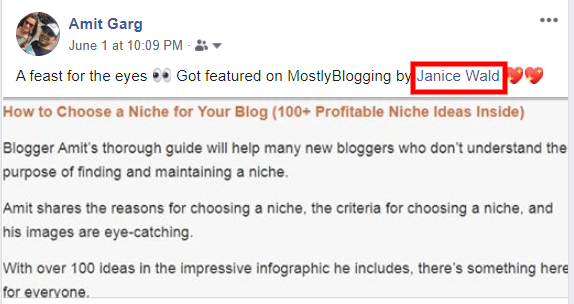
Image Source: Mostly Blogging
Tagging people, places, and organizations wisely into social media posts means using their correct handle as per each social platform. Also, tag only when appropriate to do so and not to spam them. This can help you increase your reach on appropriate social platforms, and without cross posting mindfully, you can miss out on that extra reach.
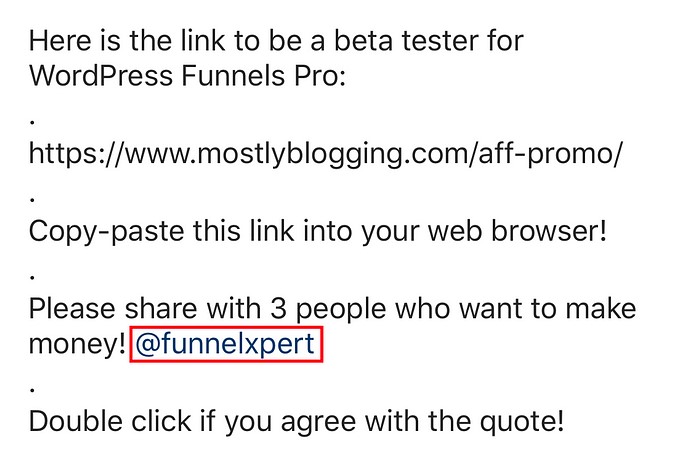
Image Source: Mostly Blogging
Pro-tip: Statusbrew helps you tackle and reduce four of the cons of cross posting on social media. Here's how:
- In the Compose section, you have the choice to get a real-time preview of how the post that you create will look when it gets published on social channels. When creating a post, you can simply select the icon of the appropriate profile and make changes as required. Thus, you can avoid publishing posts in an inappropriate format.
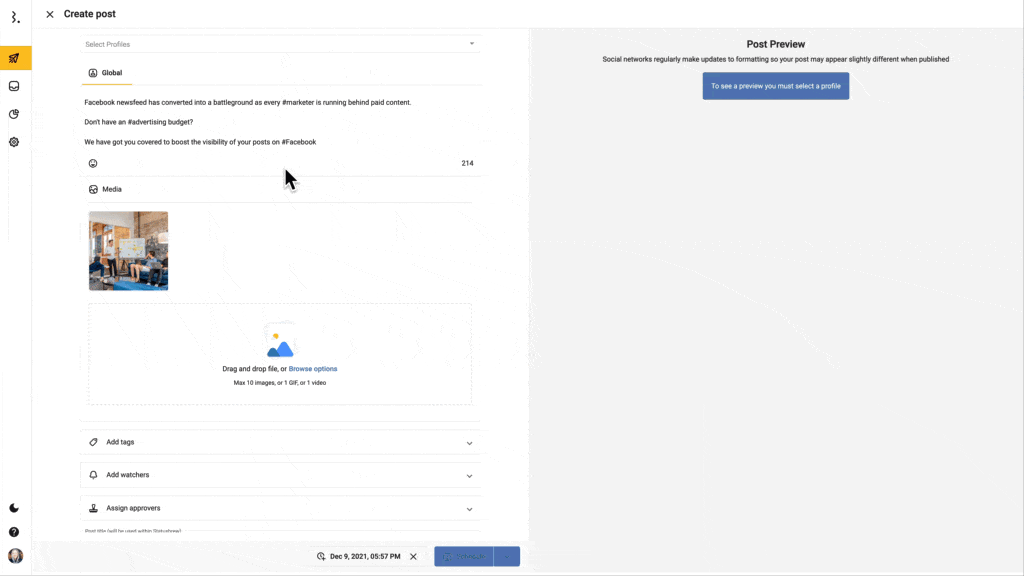
- Statusbrew allows you to schedule multiple posts at multiple times of the day. Re-scheduling of posts is as simple as performing a drag and drop action. You can select a date and time to schedule or schedule according to a pre-defined category. Thus, avoid the changes of publishing posts at the wrong times.
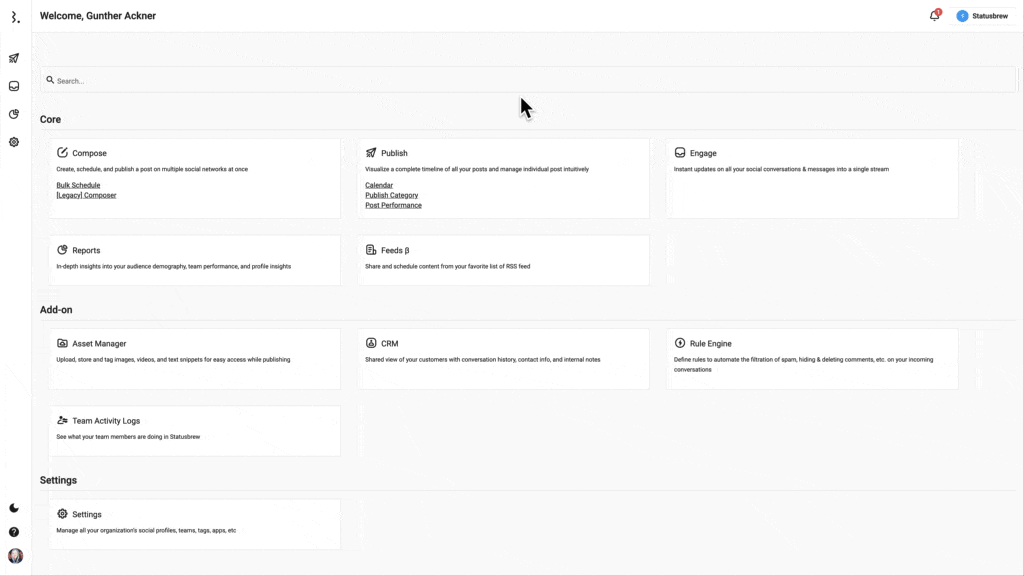
- You can visualize a complete timeline of your scheduled social media post in Statusbrew's Planner section. This helps you easily identify and fill the gaps in consistently publishing content without missing out on frequency.
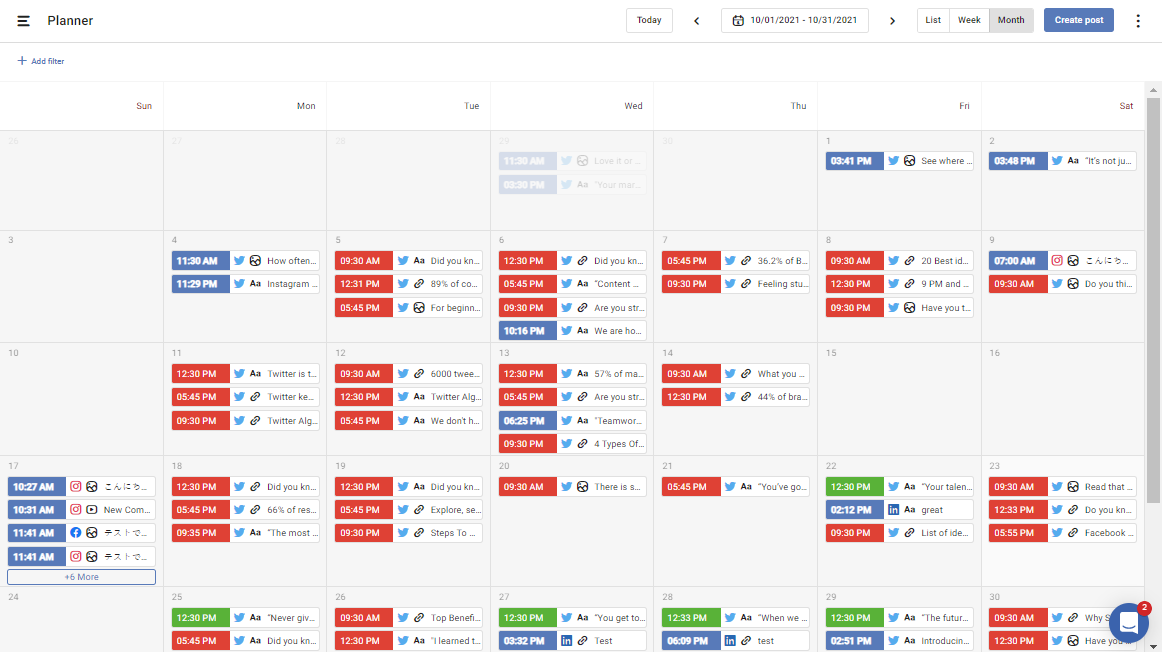
- You can also tag accounts while creating a post in Statusbrew. You need to switch to the respective tab of social profile and type '@' followed by the name of an account to be tagged for searching for the user. Then a dropdown menu will open, from which you will be able to tag specific users.
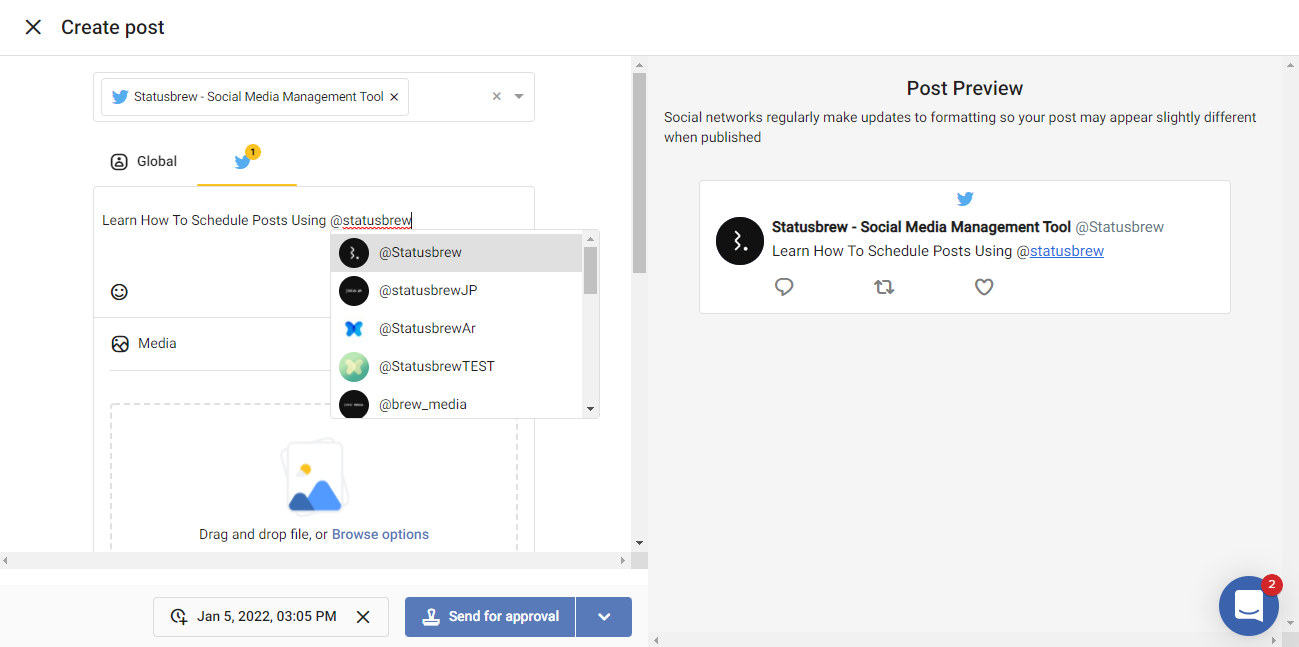
Best Practices For Cross Posting On Social Media
While cross posting content on social media has so many benefits, there are also some downfalls when done improperly. Committing cross posting mistakes can cause you to alienate your audience, look lazy or just come off as tone-deaf.
To avoid such a situation, when cross posting, there are some best practices that you should address with each piece of content to ensure you are on the right track:
1. Make Sure The Post Belongs To The Social Network You Are Cross Posting To
Not every content is appropriate for all social platforms. And that is completely fine! While Instagram and Facebook are more conversational and casual, LinkedIn tends to house more polished and professional content. A selfie that has the potential to do well on Instagram and Facebook may not have the same effect on LinkedIn!
You also need to take care of the tone of content that is appropriate for each social network when scheduling your post.
2. Proper Format For Posts On Each Social Network
Each social media network has its own set of rules when it comes to character limits, post length, number of hashtags, image formatting, and tone of voice.
While you can easily share long-form content on Facebook, Twitter limits your content to 280 characters! It's typical to use either one or two hashtags on Twitter, whereas using up to 30 is encouraged on Instagram!
You can share the same message, post, and video or image assets to multiple social profiles at once, but ensure to tailor your message and assets to fit the standard and format of each social network.
Hello 2022. ?? pic.twitter.com/KIX3AswblD
— Microsoft (@Microsoft) December 31, 2021
3. The Best Posting Frequency Of Each Social Network
Every social platform has its own posting frequency based on the lifespan of social media content on the platform. Twitter is known for its fast-paced environment. So posting multiple times per day is acceptable and encouraged!
But if you were to do the same on other social networks such as Pinterest, where the lifespan of content is as high as 6 months and posting one pin per day is more than enough, you might overwhelm your audience.
Know more about How Often To Post On Social Media In 2022
4. Optimize Content For Each Network
Once you are familiar with how each of the networks you are posting to works, you will want to optimize the content you are cross posting on each social network. This is where you will transform each post to coincide and work with each social network you are posting to. You can use tools that compose posts specific to the network to make your posts more dynamic and show your audience that you care for them.
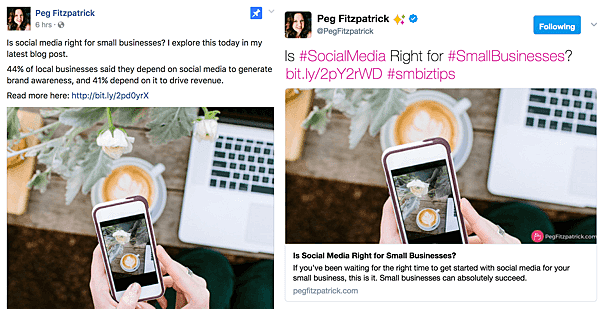
Image Source: Sotrender
Some posts will work fine when shared the same on all social networks, while some might require major tweaks for different networks. This includes playing with wording, adding or taking away hashtags, or shortening or lengthening captions to meet character limits. Other posts will be complete revamps, considering what network they will be posted to. This is where you can take advantage of network-specific tools.
Take into consideration what formats work on each network for your audience as well. It's the same piece of content; you just need to tweak your delivery to match the network format and language.
- You can post over 63,206 characters in a Facebook post caption, but it's best to keep it to around 50 characters for maximum engagement.
- Video is the best-performing post type on Facebook. Facebook infeed videos can be 240 minutes long. But shorter videos get your entire message across the News Feed most effectively on Facebook. Hence, the optimal Facebook video length is between 2 and 5 minutes for better engagement.
- Studies also show that Facebook posts with 1 or 2 hashtags got 593 interactions on average.
- Instagram posts require a visual (an image or video) to get published.
- Stories on Instagram perform the best as compared to stories on any other social platform. However, it is a must for your stories to be mobile-friendly and with vertical images since the app is mainly used on mobile devices.
- Instagram allows adding up to 30 hashtags, but 9 hashtags are the optimal length.
- Instagram captions limit is 2,200 characters. But your post will perform the best if you limit your caption to 138 to 150 characters.
- The quality of posts matters the most on LinkedIn. Even text posts are found to perform the best on the platform. Visuals are not at all required but are recommended to increase performance.
- Long-form content with multiple paragraphs often performs best.
- LinkedIn has increased the post character limit from 1300 to 3000 characters. However, the ideal length for a LinkedIn post should be between 100 to 140 characters.
- It is also best to use a professional tone of voice since it's considered a professional platform.
- Tweets with 1 or 2 hashtags get 21% higher engagement than those without.
- Tweets on Twitter have a strict character count of 280 characters.
- The sweet spot for a Tweet to gain engagements and retweets is 100 characters.
- You can also create conversation threads for long-form content.
- Visuals are not required but are highly recommended as they increase performance.
- Conciseness is valued on this platform.
Facebook dominates the world of social media networks with over 2.8 billion monthly active users around the world. #facebookstatistics #facebook pic.twitter.com/fOMEIoQVDB
— Statusbrew - Social Media Management Tool (@Statusbrew) December 23, 2021
Refer to the complete Social Media Image Sizes Guide and Ideal Social Media Post Length
5. Schedule According To Each Network's Peak Time
One of the essential pieces of advice to properly cross posting content on social media is to schedule posts for individual peak times on each social media platform. This ensures that you post when most of your audience is active on the platform.
Not sure when to post on each social platform?
You can use Statusbrew Reports Lab to see when your audience is most interactive and most engaging with your content on each platform. You can also get to know at what time of the day and which day of the week you get the most followers. You can then use this to determine peak posting times for each individual platform.

6. Learn The Language Of Each Social Media Network
Before you start to correctly cross-post content on social media, you need to first learn how each social media network operates and its capabilities. You will need to figure this out in order to decide how you can optimize posts for each social network and how you can make your individual posts work best on each network.
How To Customize Content For Each Social Media Platform?
Statusbrew, as a social media management tool, makes it easier for you to publish the same content across multiple platforms at once (or at different times also). You just need to select the platforms, profiles, or pages you want a single post to be shared.
Statusbrew allows you to cross-post content in a way such that it actually makes cross posting easier for brands. Optimization content for different social platforms using Statusbrew is a simple, intuitive, and streamlined process.
Statusbrew Compose keeps you on track by showing the specifications for each social platform you want to post on. It shows the character count limitations that updates in real-time for each social media platform.

You just need to click on the appropriate social profile option and you can easily adjust the copy for each individual post then. You can also have a real-time preview of how your content will look when posted on each social network.
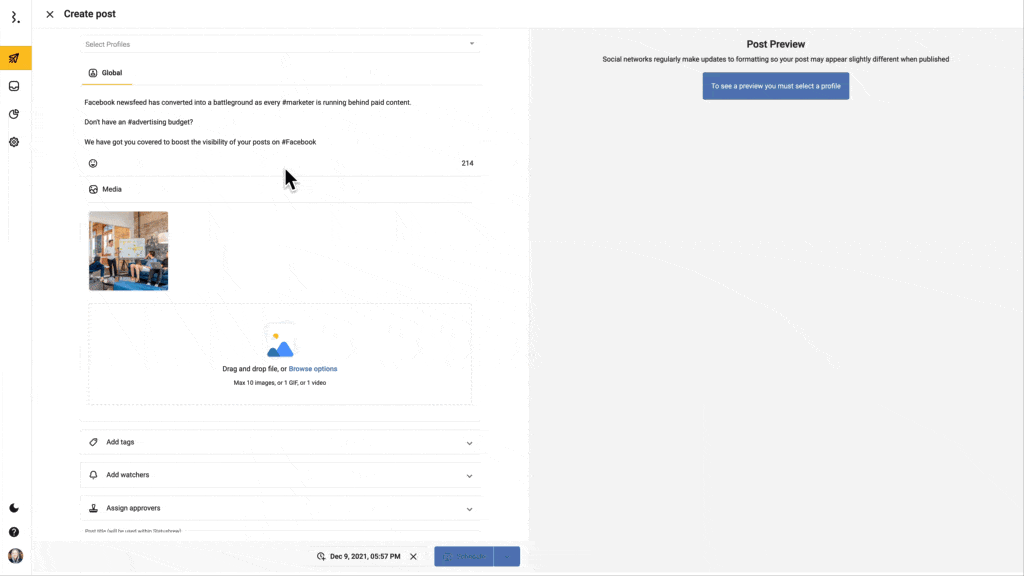
It also reminds you if you are missing any mandatory format to post content on any social platform.
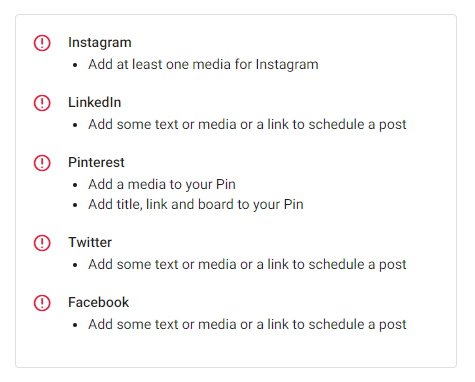
You can schedule your social content to be cross-posted to different social platforms all at once. Then you can easily drag and drop different posts to different dates and times for different platforms, all while visualizing a complete monthly timeline of the entire social media calendar as you have planned.
You can choose each post's scheduling time differently and uniquely or have them all published simultaneously, whatever works best for you.
Thus, social media managers can save a lot of time scheduling content tailored to each social platform, specifically using Statusbrew.
Statusbrew also makes it easier to monitor and listen to online conversations for new content ideas inspiration along with curating and sharing co
Sounds interesting? Book a free demo today ?
Statusbrew is an all in one social media management tool that supports Facebook, Instagram, Twitter, Linkedin, YouTube, and even Google My Business.



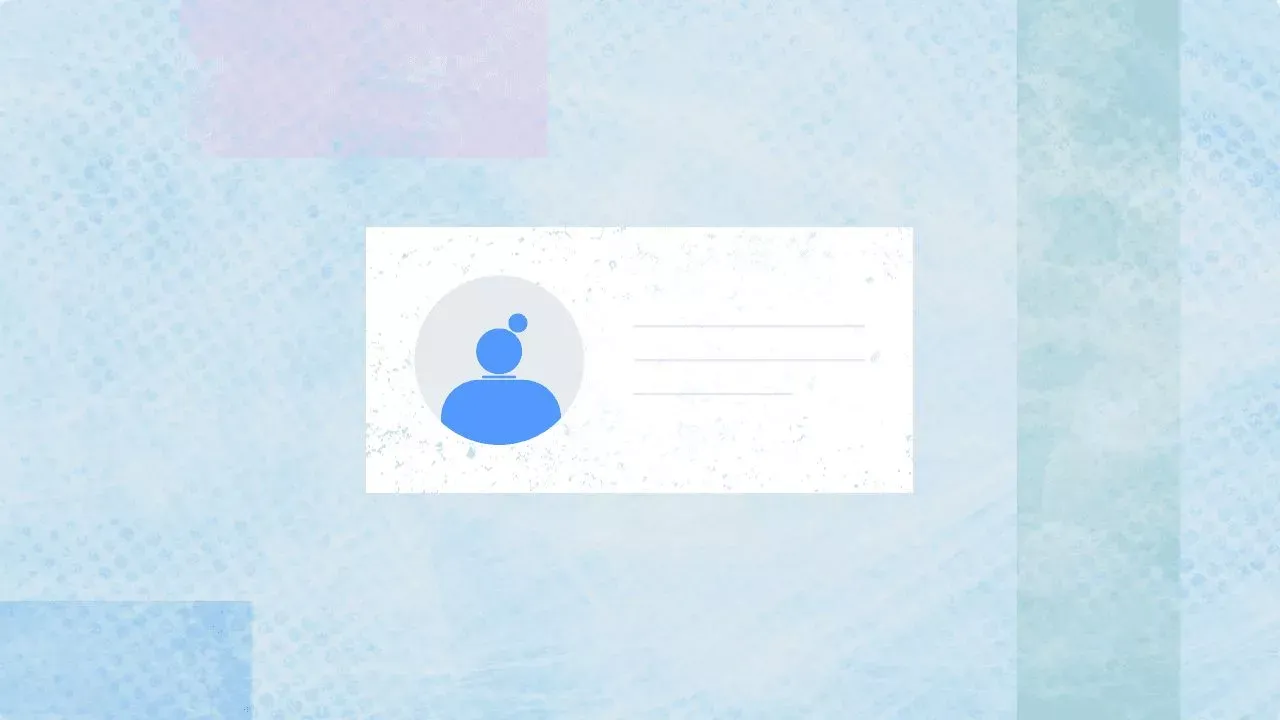
Explore the Statusbrew range of social media tools
Cancel anytime!